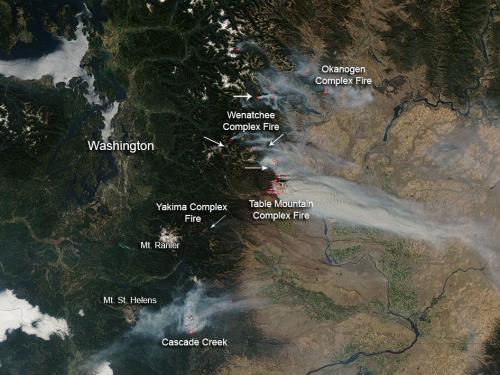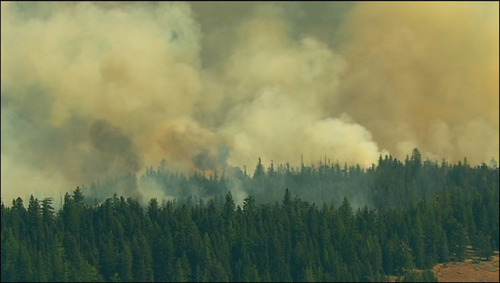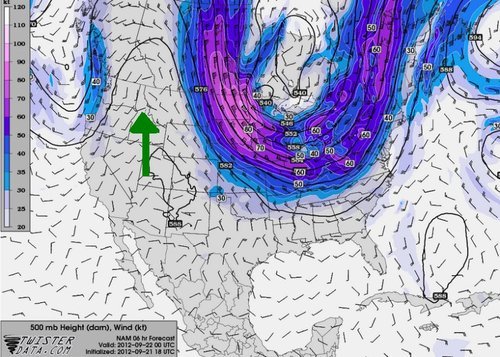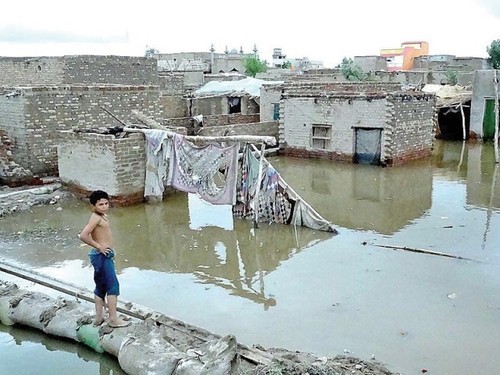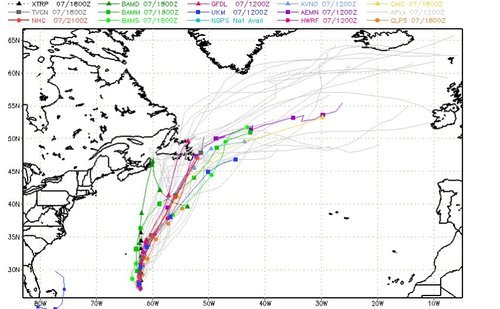Typhoon Jelawat Forecast to Weaken Before Impacting Japan
Typhoon Jelawat remains at very strong intensity despite weakening from its previous status as a super typhoon. Earlier this week Jelawat had maximum sustained winds of 220km/h near its centre, which would classify it as a category four hurricane by north american standards. The storm currently has maximum sustained winds of 145km/h (as of Friday afternoon), the equivalent of a category two hurricane.
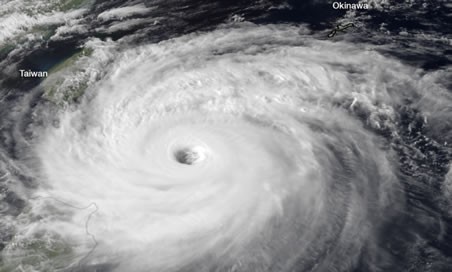
Jelawat is presently located near Okinawa and is moving in a north-easterly direction toward Japan, weakening the further north it moves. According to the Japanese Meterological Agency Jelawat will impact the Ryukyu Islands, including Okinawa, today before moving toward the Japanese mainland late today into Sunday.
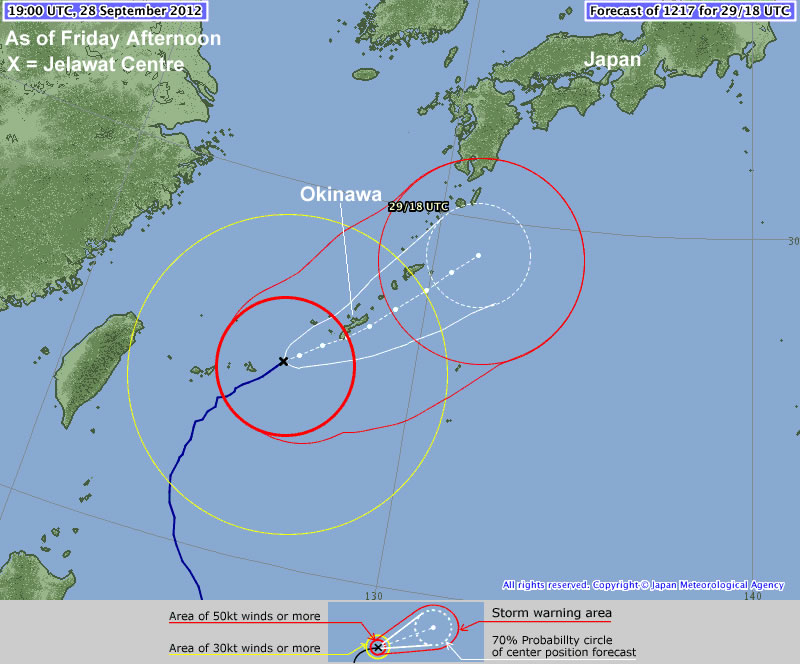
Thus far Jelawat has not caused any devastating damage, owing to the fact that it has not yet impacted any large land masses. Some damage was reported on Lanyu (Orchid Island), located just off Taiwan’s south-eastern coast. No casualties have been reported on Lanyu, but the harbor, gas station, and supermarket were reportedly destroyed. There may be more damage as this typhoon moves over the more heavily populated Ryukyu Islands this weekend.
Sources: http://www.taipeitimes.com/News/front/archives/2012/09/29/2003543923, http://www.hko.gov.hk/wxinfo/currwx/tc_gis_e.htm, http://www.washingtonpost.com/blogs/capital-weather-gang/post/typhoon-jelawat-closing-in-on-okinawa-japan-nadine-becomes-hurricane-again/2012/09/28/c0f6844c-097b-11e2-a10c-fa5a255a9258_blog.html
